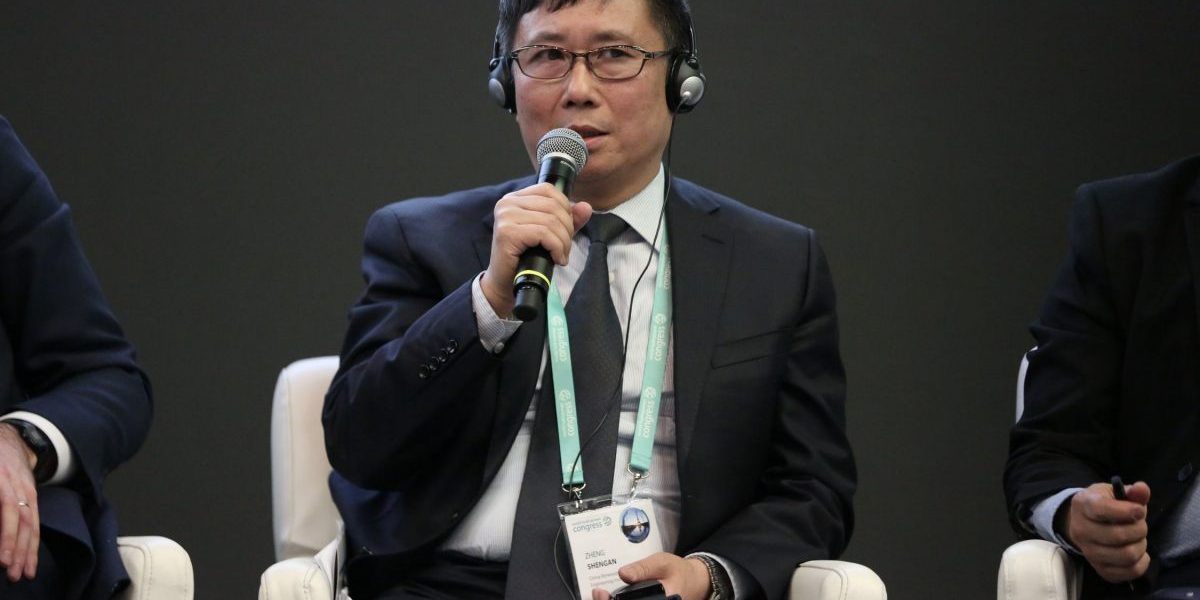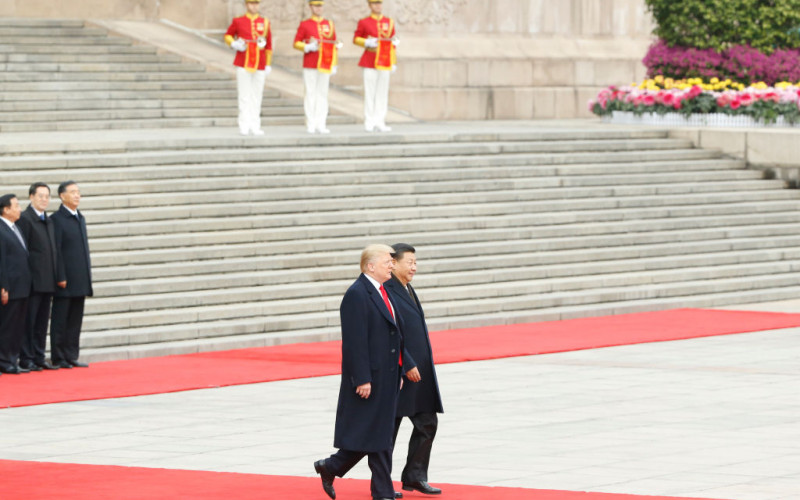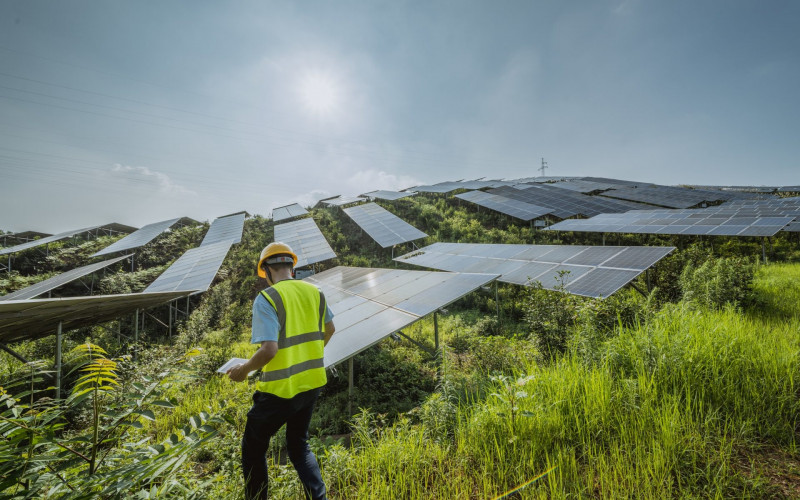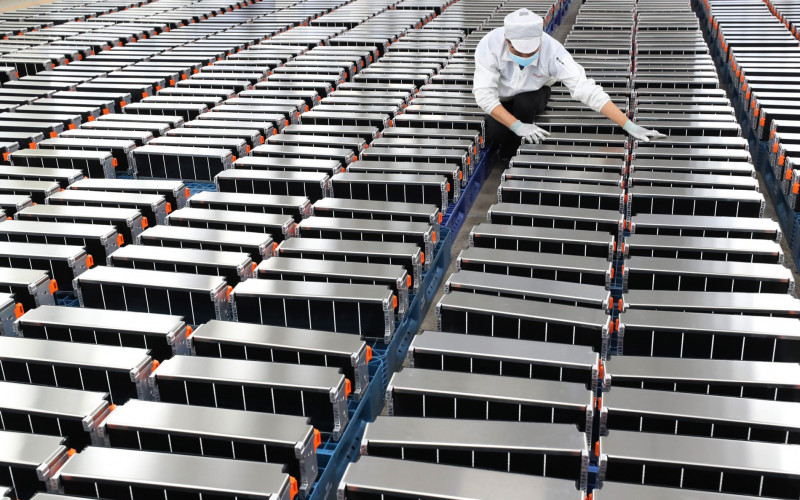However, many of China’s hydropower projects remain controversial both domestically and overseas due to their social and environmental impacts, and perceived lack of transparency. This paper compares two partiallycomplete hydropower projects in Cameroon financed and constructed in the last five years: one financed by China Eximbank, the other financed by a multilateral consortium led by the World Bank. The single country case study offers an opportunity to evaluate the projects’ tendering, approval, and implementation processes by the Cameroonian government, and to examine how the different financing arrangements have influenced implementation and approaches to environmental and social impacts and mitigation. Although both projects show similarities in their adherence to domestic laws and organizational regulations, the degree and rigor of implementation and the involvement of financiers in the process differs considerably.








